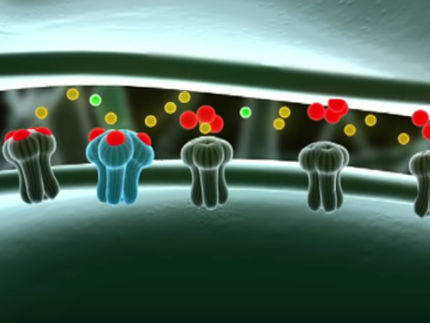Heptares describes Class B GPCR strucutre
Unique structural insights from CRF1 structure will drive drug discovery programmes targeting important Class B GPCRs including GLP1 (diabetes)
Advertisement
Heptares Therapeutics announces the publication of a scientific article describing the high resolution X-ray crystal structure of the corticotropin-releasing factor receptor 1 (CRF1) receptor in Nature.
CRF1 is the receptor for the hormone CRF, which is important in regulating the body’s response to stress and is implicated in stress-related diseases such as depression and anxiety. It is a member of the Class B family of GPCRs, which includes receptors for peptide hormones such as glucagon, glucagon-like peptide, calcitonin and parathyroid peptide hormone. This important class of GPCRs includes drug targets for the treatment of various diseases, including diabetes, osteoporosis, depression and anxiety; however, to date it has proved intractable to small molecule drug discovery owing to the limited structural information available.
In this paper, the authors from Heptares describe novel insights into the topology of CRF1, and identify major differences compared to the many already known Class A GPCR structures. A unique aspect of the structure is the discovery of the binding pocket of the small molecule CRF1 antagonists near the cytoplasmic side of the receptor in a completely different position to other GPCR ligands.
Owing to the close relationship among Class B GPCRs, these insights from the CRF1 structure are enabling Heptares to generate high-quality structural models of other Class B GPCRs, providing new avenues for discovery, which are being leveraged by the Company using its proprietary structure-based drug design platform. Heptares is also developing programmes focused on Class B receptors involved in metabolic disease, including GLP1 and glucagon receptors (diabetes), and has the potential to apply its platform to other Class B GPCRs that have been clinically validated across multiple disease areas.























































